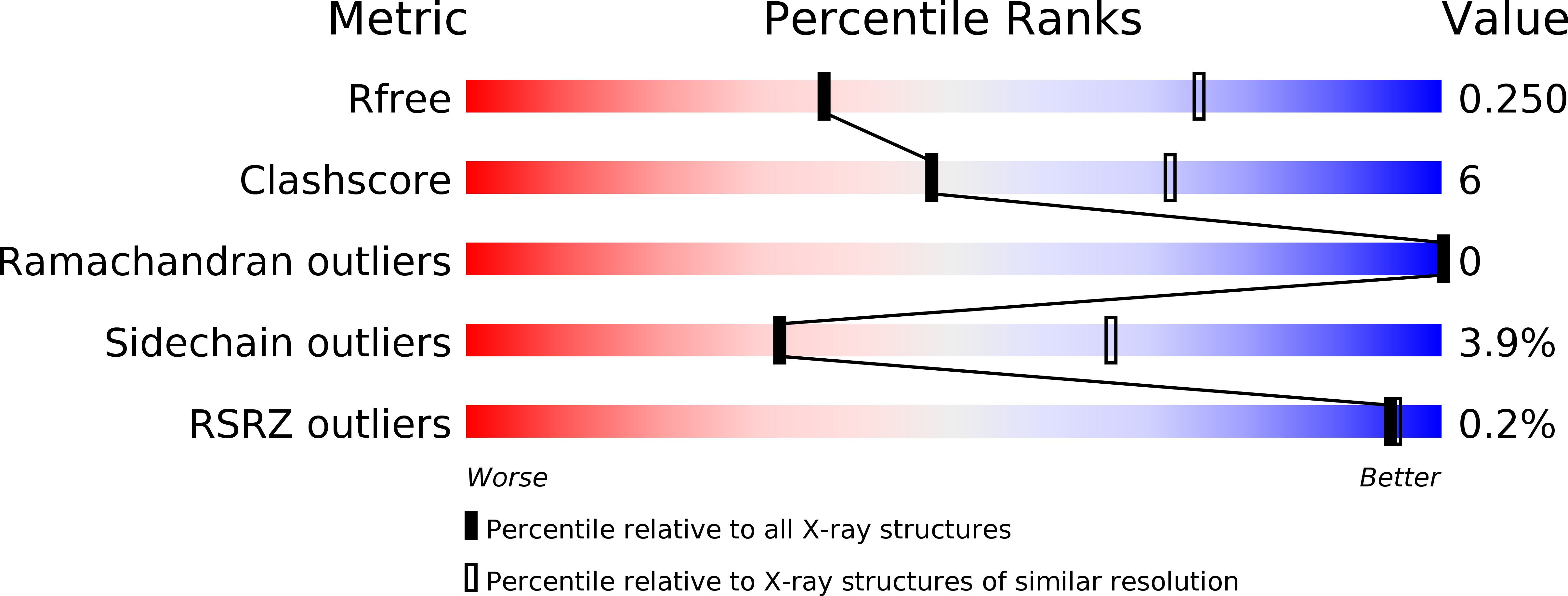
Deposition Date
2014-03-26
Release Date
2015-04-29
Last Version Date
2024-10-23
Method Details:
Experimental Method:
Resolution:
2.90 Å
R-Value Free:
0.24
R-Value Work:
0.17
R-Value Observed:
0.17
Space Group:
P 21 21 2


